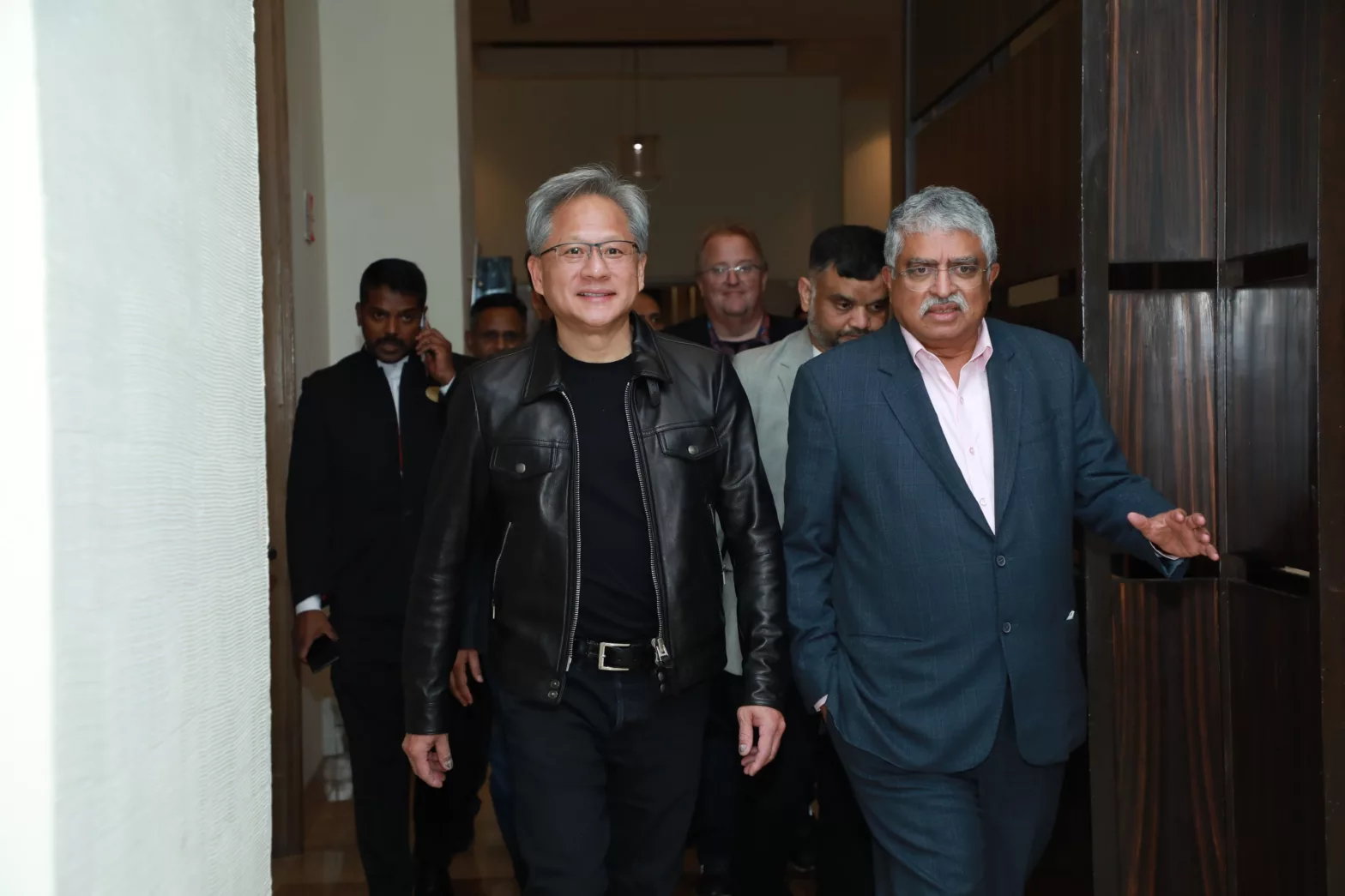Nvidia CEO rolls out plan to tie up with Tata & Reliance in order to create a large AI infrastructure for an LLM and AI tools.
The Tata Group and Reliance Industries Limited are a couple of India’s biggest companies with multiple subsidiaries. Nvidia founder and CEO Jensen Huang is partnering with both to bring improvements in artificial intelligence to the subcontinent. Huang detailed his plans to collaborate with the industry leaders on an enormous scale last Friday in Bangalore. According to the official Nvidia blog announcement, the company is going “to bring AI technology and skills to address the world’s most populous nation’s greatest challenges.”
I think this is going to be one of the largest AI markets in the world. You have the data, you have the talent. We are open for business and bring great expertise on building supercomputers.
Jensen Huang, Founder and CEO, Nvidia
During his high-level meetings with Prime Minister Narendra Modi, business leaders, AI researchers, and more, Huang also met with employees from the 4,000-odd workforce of the company in India.
Based on technologies such as the GH200 Grace Hopper Superchip designed specifically for AI and ML workloads and generative AI training as well as the DGX Cloud, Nvidia will work together with Reliance and Tata to develop an AI computing infrastructure and platforms to create AI solutions.
By extension, it was hinted that both the Indian conglomerates could soon be seen building and running cutting-edge supercomputing data centers and providing various AI tools on an infrastructure-as-a-service model to help the country’s AI startup ecosystem.
In a podcast, Forbes India notes how the “deep AI partnership” with Nvidia can help create India’s own large language models using powerful chips from the leader in the segment, with Nvidia having a strong monopoly in GPUs and AI-training chips.
From the Tata Group, Nvidia is reportedly partnering with subsidiaries including Tata Motors, TCS, and Tata Communications. It’s also believed that all three companies will likely be developing a single LLM first using a state-of-the-art infrastructure with a planned capacity of 2,000 MW.

